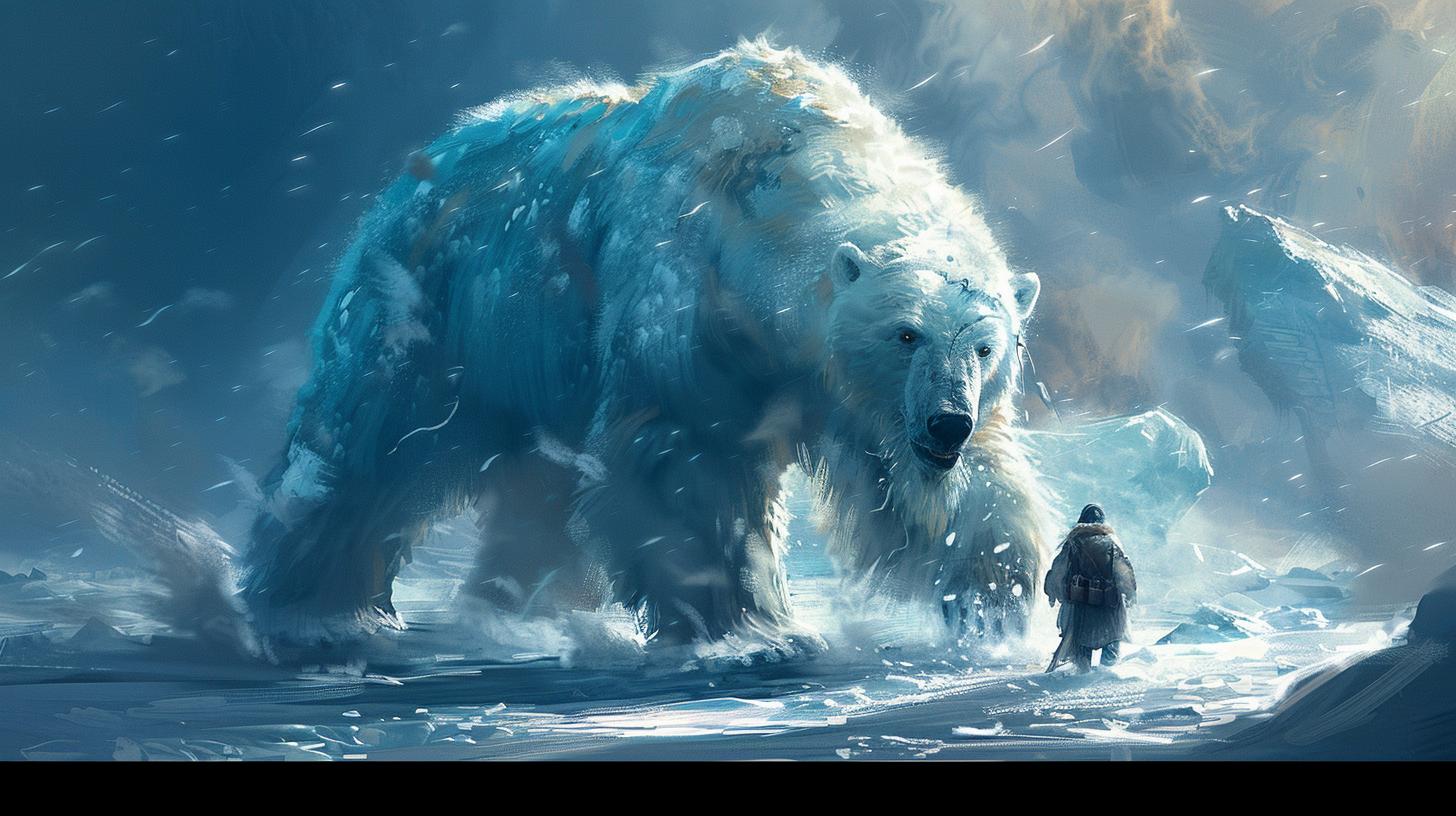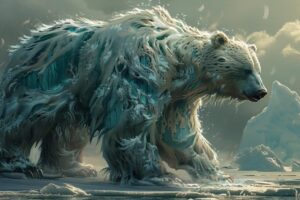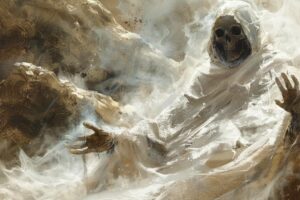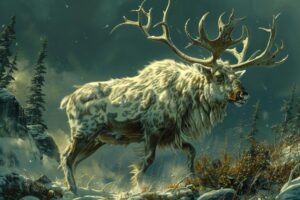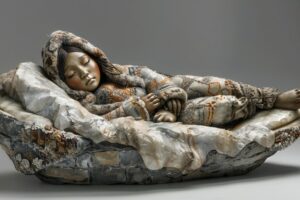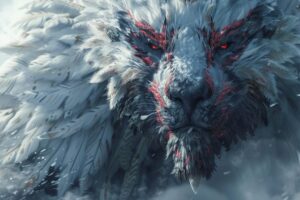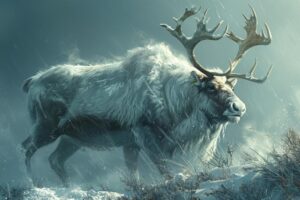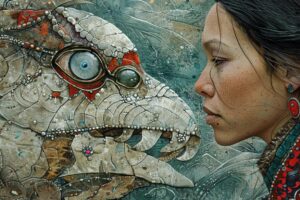Nanook Inuit Mythology: The Powerful Spirit of the Arctic
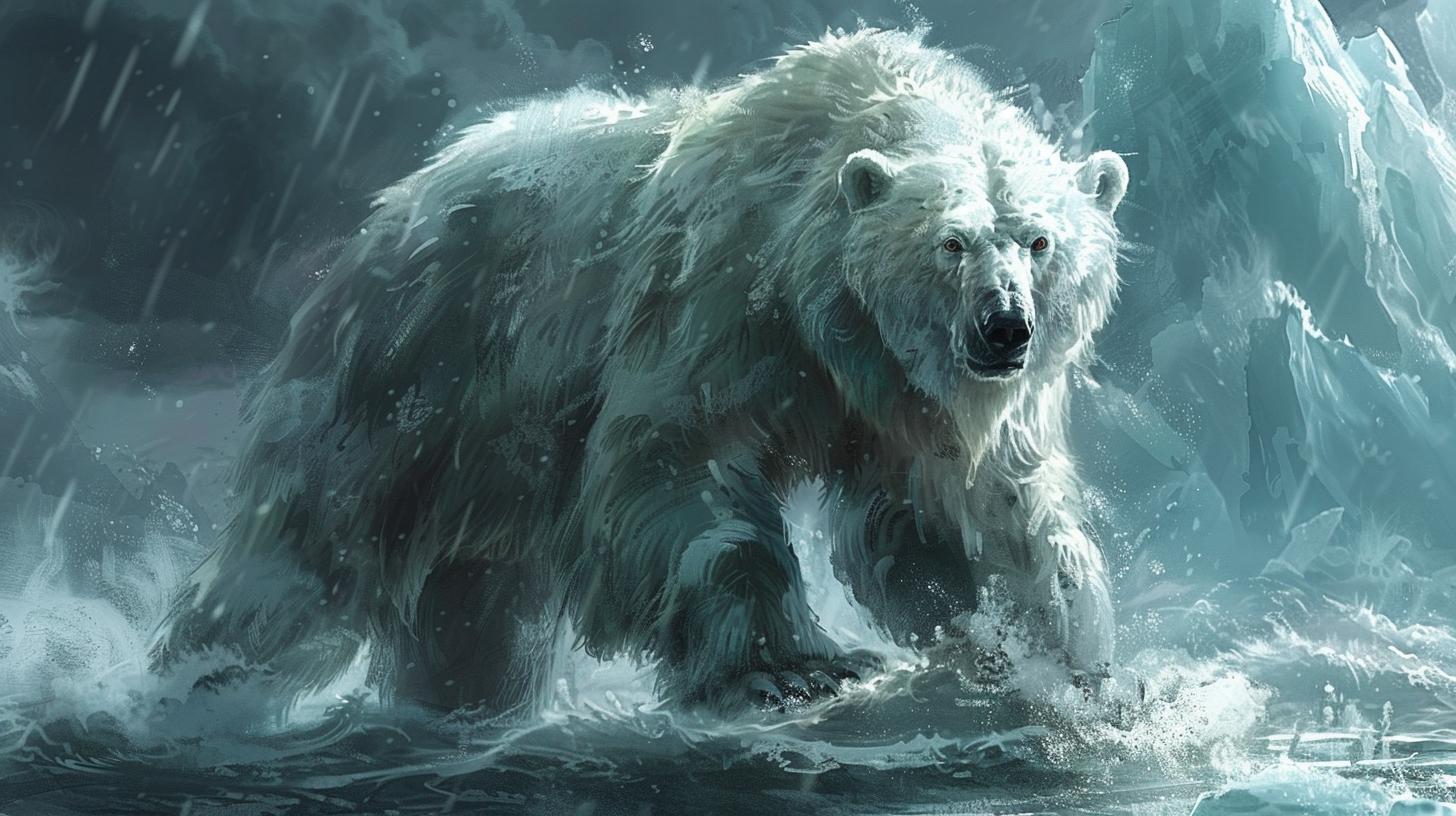
Nanook, a central figure in Inuit mythology, holds great significance as the master of bears. Inuit hunters revered Nanook for his connection to success in hunting and survival. Additionally, Nanook’s spiritual importance and human-like qualities deepened the bond between hunters and the Arctic environment.
Today, Nanook’s legacy continues to symbolize respect for nature and ancestral teachings among the Inuit community.
Origins of Nanook in Inuit Mythology
Nanook: The Master of Bears
Nanook, known as the master of bears in Inuit mythology, held a significant role in the culture of the indigenous Arctic group. Revered for his power and authority over hunting success, Nanook embodied the intricate relationship between humans and the harsh Arctic environment.
Nanook’s Role in Inuit Culture
Inuit culture revered Nanook as a deity of the hunt, believed to influence the outcomes of hunting expeditions. Hunters looked to Nanook for guidance and blessings for successful hunts, showing deep reverence for his role in their livelihood.
Nanook’s Powers and Influence
Nanook’s influence extended beyond mere hunting success; he represented a spiritual connection to the Arctic landscape and its inhabitants. His powers were believed to transcend the physical realm, embodying the delicate balance between humans and nature.
Nanook’s Connection to Inuit Hunters
The spiritual significance of Nanook intertwined the lives of Inuit hunters with the unpredictable yet bountiful Arctic wilderness. Nanook’s presence permeated every aspect of hunting, guiding hunters through the challenges of survival in a harsh environment.
The Spiritual Importance of Nanook
Inuit hunters held Nanook in high spiritual regard, recognizing his role as a guiding force in their hunts. Nanook’s spiritual importance shaped cultural practices and beliefs, emphasizing the interconnectedness of humans, nature, and the divine.
Nanook’s Transformation and Descendants
Nanook’s mythological portrayal as possessing human-like qualities underscored the deep reverence and respect accorded to this powerful deity. The belief in human-bear descendants further solidified the sacred bond between Nanook and the Inuit people.
Nanook’s Human-Like Qualities
Nanook’s portrayal with human-like traits symbolized a bridge between the physical and spiritual realms, blurring the lines between humanity and the natural world. Inuit folklore depicted Nanook as a transformative figure embodying both bear and human characteristics.
The Belief in Human-Bear Descendants
The belief in human-bear descendants emphasized the ancestral lineage shared between the Inuit people and the powerful deity Nanook. This belief reinforced the spiritual connection between humans and the natural world, highlighting a deep sense of respect and harmony with the environment.
Rituals and Offerings to Nanook
Reverence for the Polar Bear
In Inuit culture, the polar bear is revered for its strength and importance in hunting and survival. The utilization of polar bear resources goes beyond mere sustenance, as its skin and fur provide warmth during the harsh Arctic winters.
Utilization of Polar Bear Resources
The Inuit hunters skillfully use every part of the polar bear they hunt, ensuring that no part goes to waste. The meat provides nourishment, while the skin and fur are transformed into clothing and tools, showcasing the resourcefulness and respect for the animal.
Spiritual Practices among Inuit Hunters
Before embarking on a hunt, Inuit hunters perform rituals and offerings to honor Nanook and seek his guidance in their endeavors. These practices involve prayers and ceremonies, demonstrating the deep spiritual connection between the hunters and the spirit of the polar bear.
Significance of Proper Treatment of Bears
The proper treatment of bears, especially the polar bear, is crucial in Inuit culture as it reflects the respect and reciprocity that exists between humans and animals. Failure to show respect to Nanook and the bears can have dire consequences, impacting the success of future hunts.
Reciprocity in the Relationship
Inuit hunters believe in the reciprocal relationship with the bears they hunt. By treating the bears with respect and gratitude, they hope to receive blessings and success in their hunting endeavors.
This understanding of reciprocity underscores the spiritual beliefs and practices within Inuit culture.
The Consequences of Disrespecting Nanook
Disrespecting Nanook and the polar bears can result in negative outcomes for the hunters. Inuit folklore warns of the repercussions of ignoring the spiritual connection and failing to honor the sacred bond between humans and wildlife, emphasizing the importance of maintaining harmony in the natural world.
Nanook’s Legacy in Modern Inuit Culture
Nanook’s influence in modern Inuit society extends far beyond ancient beliefs, resonating in present-day practices and spiritual connections to the natural world.
Symbolic Presence of Nanook Today
Inuit communities continue to honor Nanook as a guardian deity of hunting and a revered totemic ancestor, embodying a symbol of respect and reverence.
Nanook as a Hunting Deity and Totem Ancestor
- Nanook’s representation as a deity of hunting reflects the ongoing reliance on his spiritual guidance.
- The belief in Nanook as a totem ancestor signifies a profound connection to the Inuit heritage and the teachings passed down through generations.
Continuation of Nanook’s Stories and Teachings
Through oral traditions and storytelling, the legacy of Nanook endures, emphasizing the importance of harmony with nature and the continuation of cultural values.
The Ongoing Reverence for Nature and Nanook
Inuit communities hold a deep reverence for the Arctic environment, recognizing the interconnectedness between humanity, Nanook, and the natural world.
Importance of Respecting the Arctic Environment and Its Inhabitants
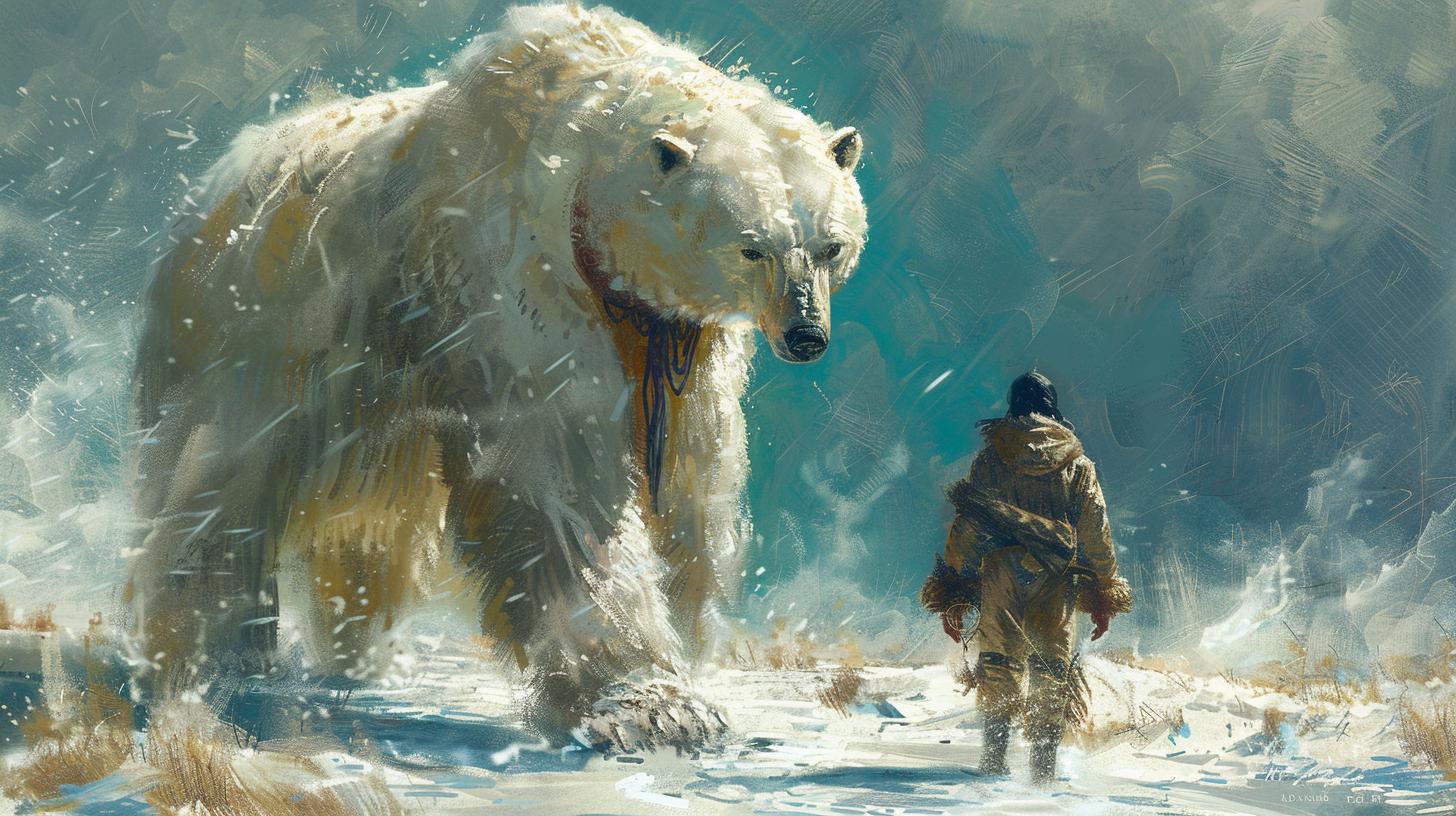
- Respecting the Arctic environment and its inhabitants reflects an integral part of maintaining balance and sustainability in the ecosystem.
- The acknowledgment of Nanook’s presence underscores the significance of honoring nature’s gifts and preserving cultural traditions.
.

